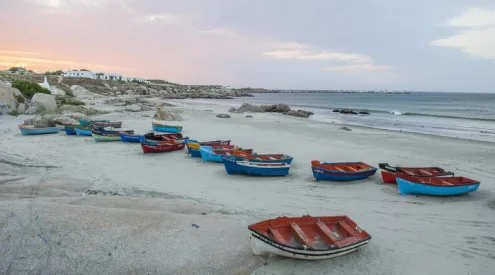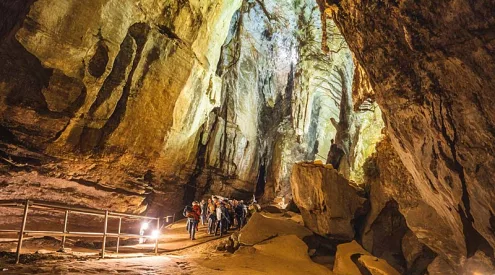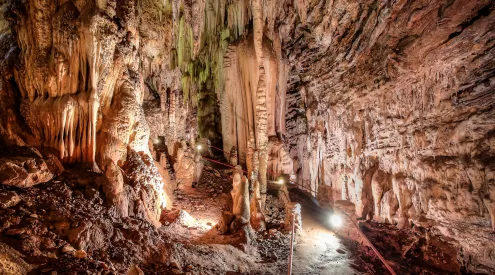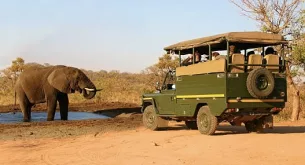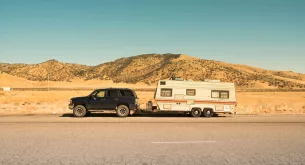After wildfires ravaged Australia this year (and many other years), Dr Alexandra Carthey from Macquarie University came up with the idea of habitat pods for wildlife, giving them a fighting chance at survival after wildfires.

Dr Alexandra Carthey demonstrates the habitat pod. Picture: WWF
The World Wildlife Fund (WWF) ran an innovation challenge in order to help restore species and landscapes, build their resilience, and adapt to a changing climate and regenerate Australia after wildfires ravaged much of the habitat.
Darren Grover, Head of Healthy Land and Seascapes, WWF-Australia, commented that ‘One of the great things about the innovation challenge is it brings ideas that are out of the box or left field, from people who see things in a different way.’
WWF will now provide AU$1.32 million to nine projects to help develop a proof of concept or in some cases run a pilot or scale up their project.
‘Bushfires destroy vegetation where small animals hide,’ Cathey told the WWF. ‘Raptors arrive within minutes after a fire, while feral cats and foxes can travel many kilometres towards fires because they know the hunting will be excellent. They come in and decimate our native animals who are vulnerable and exposed to a burnt landscape’.
These habitat pods will provide the animals with a place to hide after wildfires, where animals have little to no place to hide from prey.
The cardboard shelters are six-sided pyramids, 60cm wide on each side and 60cm tall and come in easy-to-assemble flat packs. They have been designed as a safe house for wildlife such as possums, bush rats and reptiles, as well as small nooks and crannies for smaller creatures such as insects and spiders.
These pods are biodegradable, with holes that allow light in so that vegetation can regenerate and eventually take over the sight.
This initiative contributes to adapting and building resilience to climate change, and could potentially be used in South Africa, where species such as the Cape rockjumper along with other mammal and bird species are adversely affected by fires.
ALSO READ
Qatar Airways reintroduces travel ban against SA after briefly lifting it

